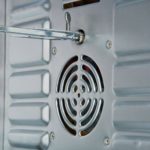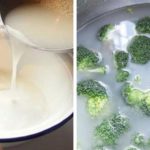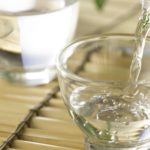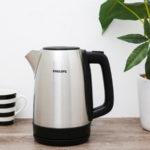It’s frustrating when your bathroom or kitchen sink gets clogged, often due to hair, grease, coffee grounds, tea leaves, or food residue, resulting in slow water drainage. While you might consider calling a professional drain unblocking service, it can be quite expensive.
There are more cost-effective methods to unclog your drains, and here are some quick and efficient ways to do it yourself:
1 Unclogging with Baking Soda and Vinegar
Mix equal parts baking soda and vinegar, and pour the mixture into the drain. The reaction between these two ingredients will create a fizzing effect, helping to break down the clog. Cover the drain afterward and let the mixture sit for at least two hours or overnight before rinsing with water.
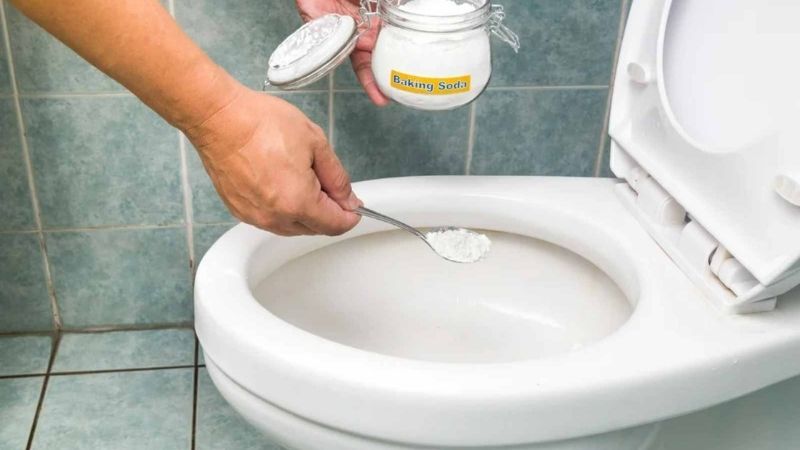 Unclogging with Baking Soda and Vinegar
Unclogging with Baking Soda and Vinegar
2 Unclogging with Salt and Baking Soda
Mix equal parts salt and baking soda and pour the mixture into the drain. These ingredients will help dissolve built-up gunk and improve drainage.
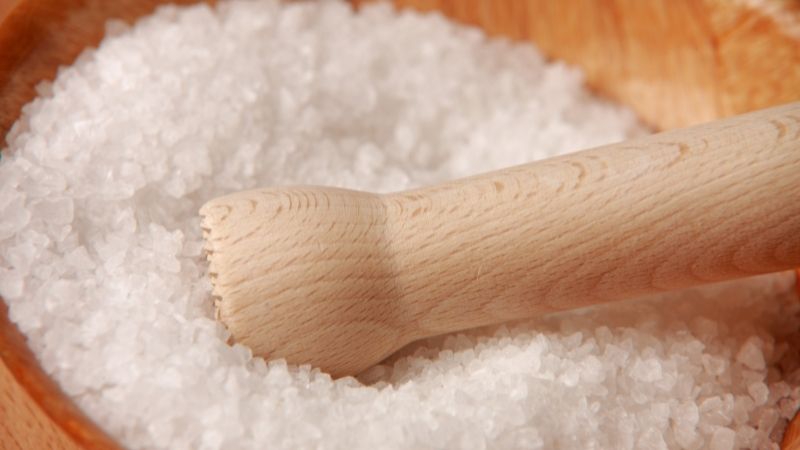 Unclogging with Salt and Baking Soda
Unclogging with Salt and Baking Soda
3 Unclogging with a Coil Spring
You can purchase a coil spring drain unclogger, which is simple to use. Just insert the coil into the drain, turn the handle to push it further, and then turn it in the opposite direction to retract it. Coil springs are versatile and can be adjusted to fit different pipe and drain sizes.
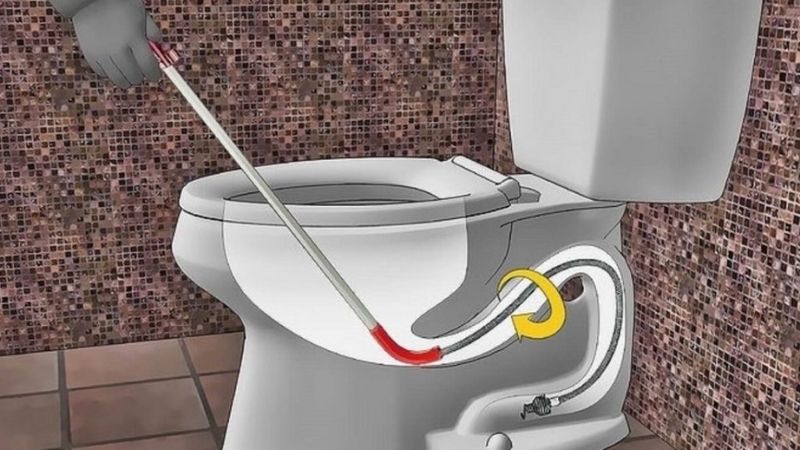 Unclogging with a Coil Spring
Unclogging with a Coil Spring
4 Unclogging with Boiling Water
One of the main causes of kitchen drain clogs is grease buildup over time. Pouring boiling water down the drain two to three times, with a few seconds between each pour, can help melt the grease and improve drainage.
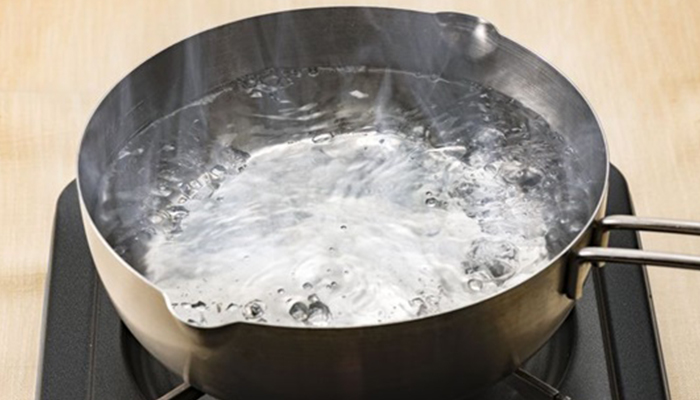
5 Unclogging with Dish Soap and Boiling Water
Mix dish soap with boiling water and pour it down the drain, similar to the previous method. This method can be used for both kitchen and bathroom sinks. The dish soap helps break down grease and acts as a lubricant, allowing debris to slide through the pipes more easily.
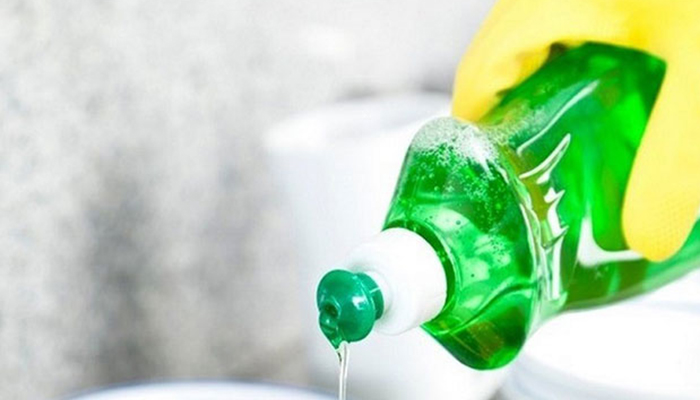
6 Unclogging with a Coat Hanger
Old metal coat hangers, especially those made of zinc or other metals, can be useful for unclogging drains. Straighten the hanger and bend one end to create a hook. Insert the hanger into the drain to “fish out” the clog.
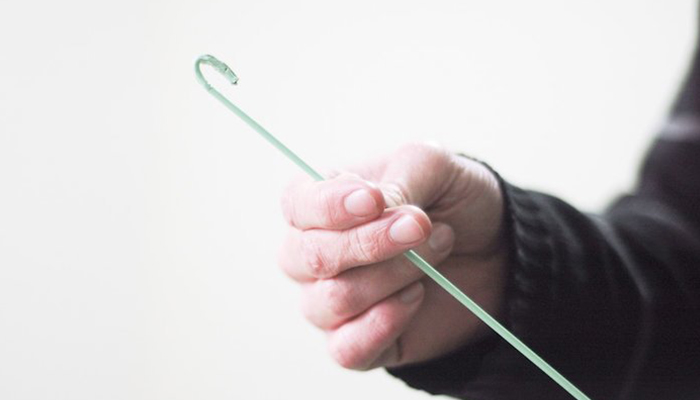
7 Unclogging with Drain Cleaner Powder
The “Drain Cleaner Powder” from the Center for Dyeing and Finishing Technology is a powerful solution that breaks down organic matter such as hair, food residue, and grease, preventing clogs. It also helps eliminate unpleasant odors from your toilet. Using this powder is an effective way to keep your drains clear and odor-free.
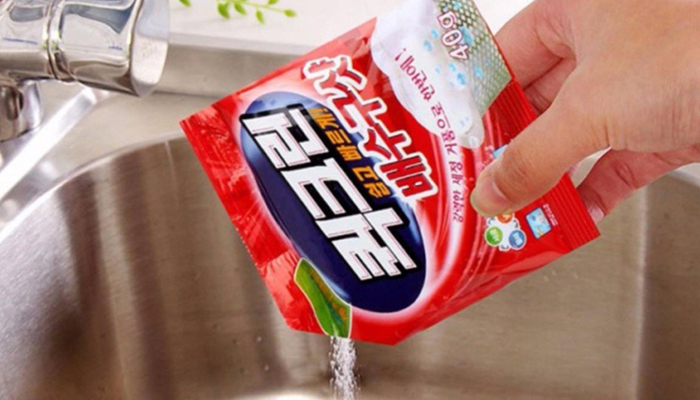
8 Unclogging with Ice Cubes
If your toilet is clogged, try pouring a kilogram of ice cubes into the bowl and then flushing vigorously. The force of the water and ice will help dislodge the clog. After the toilet drains, flush once more and it should be good to use.
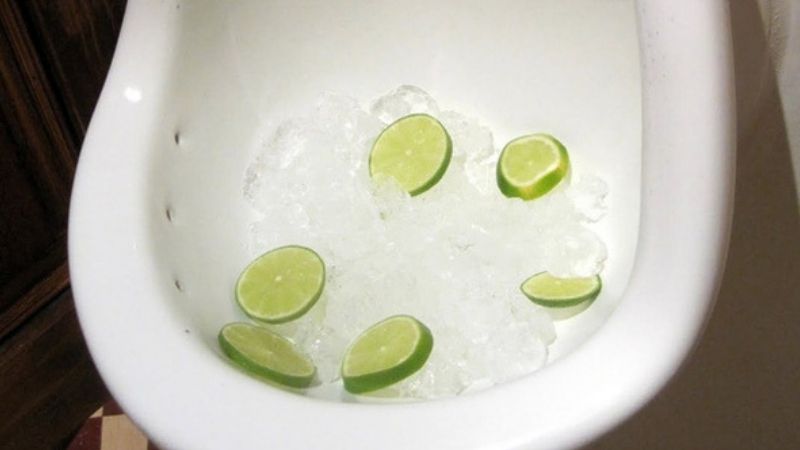 Unclogging with Ice Cubes
Unclogging with Ice Cubes
9 Unclogging with a Plunger
A plunger, also known as a Pittong, is a common tool for unclogging toilets and drains. Ensure that you create a tight seal over the drain opening and pump the plunger vigorously up and down until the drain starts to clear.
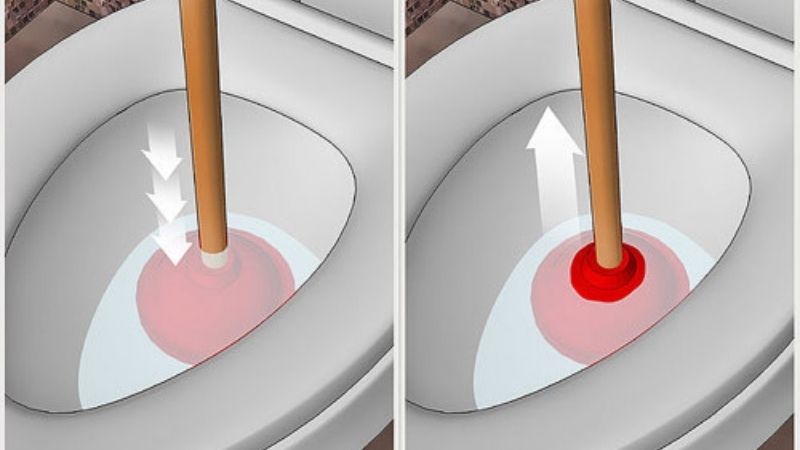 Unclogging with a Plunger
Unclogging with a Plunger
10 Unclogging with Coca-Cola
Pour about two 1.5-liter bottles of Coca-Cola into the toilet and let it sit for around two hours. Then, flush the toilet with hot water to clear any remaining residue.
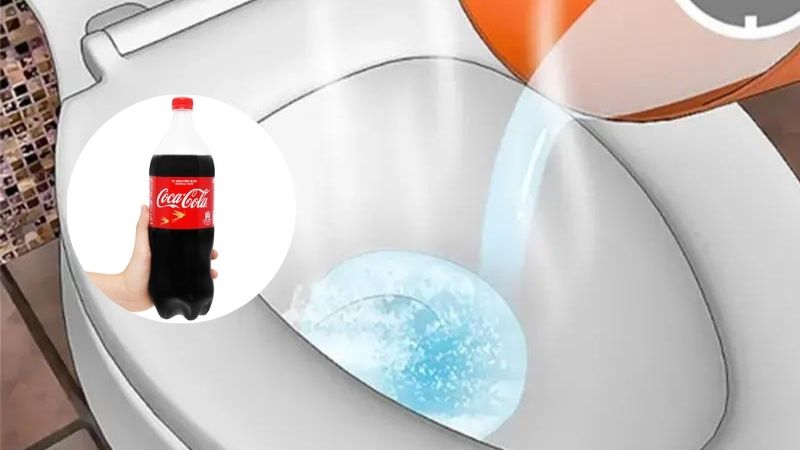 Unclogging with Coca-Cola
Unclogging with Coca-Cola
11 Unclogging with a High-Pressure Hose
A high-pressure hose is a specialized tool for unclogging drains and toilets. Insert the hose deep into the drain, turn on the water, and set it to the highest pressure to dislodge the clog. Afterward, flush the drain with water to ensure it’s clear.
 Unclogging with a High-Pressure Hose
Unclogging with a High-Pressure Hose
12 Unclogging with a Fish Bone Remover
You can purchase a fish bone remover from supermarkets or online marketplaces. Insert the remover into the drain, and then pull it up to capture hair, food, and other debris with its unique design. This method is suitable for unclogging bathroom and kitchen sinks.
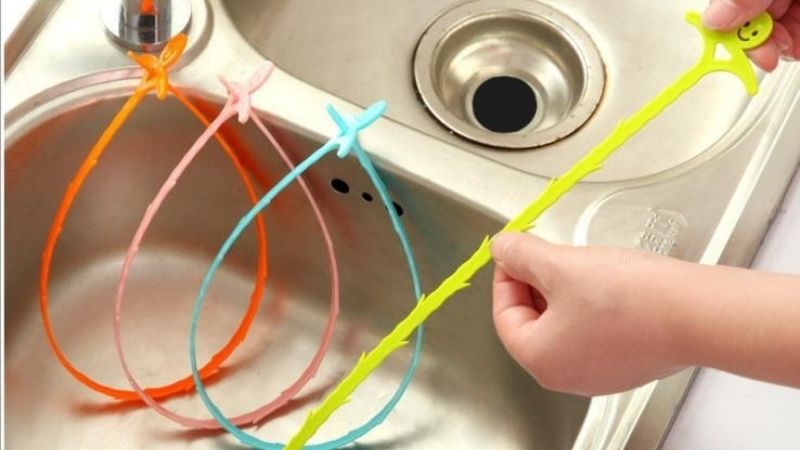 Unclogging with a Fish Bone Remover
Unclogging with a Fish Bone Remover
13 Tips to Prevent Clogged Drains
To avoid future clogs, keep these important tips in mind:
– Do not pour grease or oil down the drain. It will solidify and build up over time, leading to clogs.
– Use a strainer to catch food scraps before they go down the drain.
– Install a drain cover or hair catcher to prevent hair and other debris from entering the drain. These are readily available in the market.
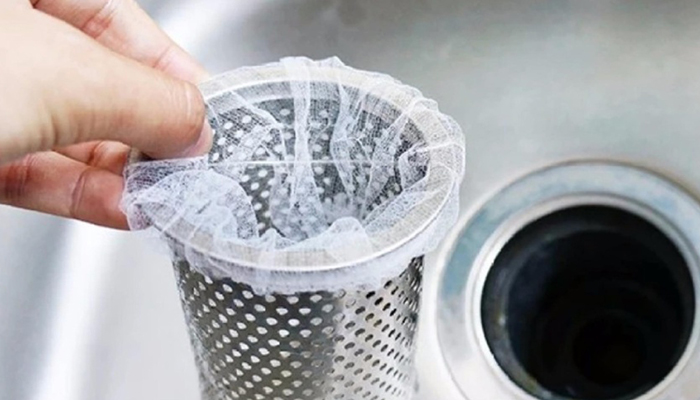
With these simple DIY methods, you can easily unclog your bathroom and kitchen drains. We hope this article has provided you with effective solutions to deal with clogged drains at home.
For more interesting information, visit www.tgdd.vn
Maximizing Durability and Energy Efficiency with High-Speed Kettles: Tips and Advice
Are you an electric kettle aficionado? If so, you’ll appreciate Ði?n máy Xanh’s latest offering. We’ve compiled comprehensive instructions to help you make the most of your electric kettle, including tips on how to prolong its life as well as maximize energy savings. Let’s get your kettle expertise up to date!

























